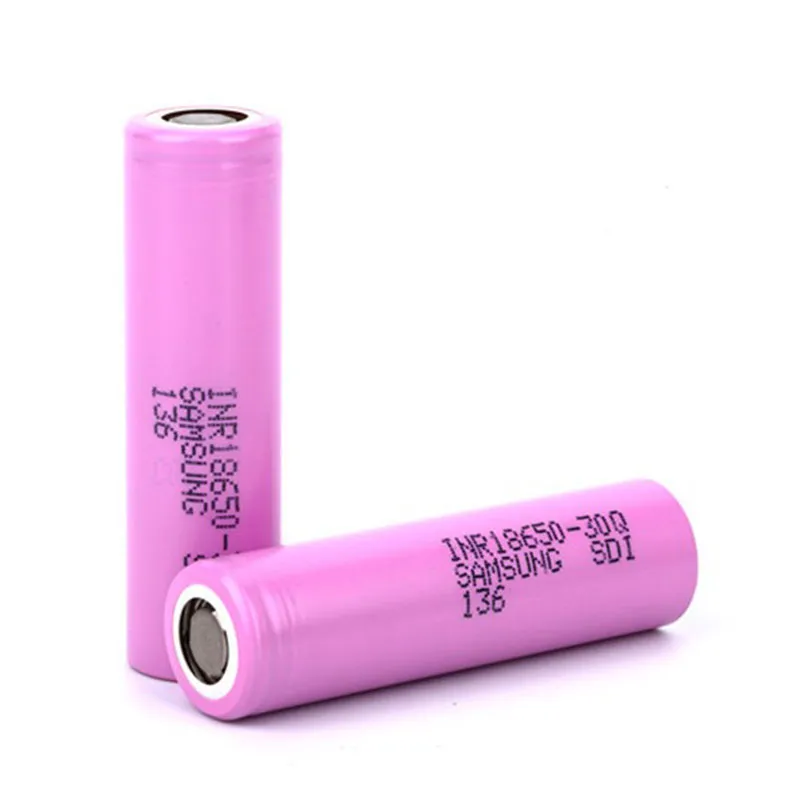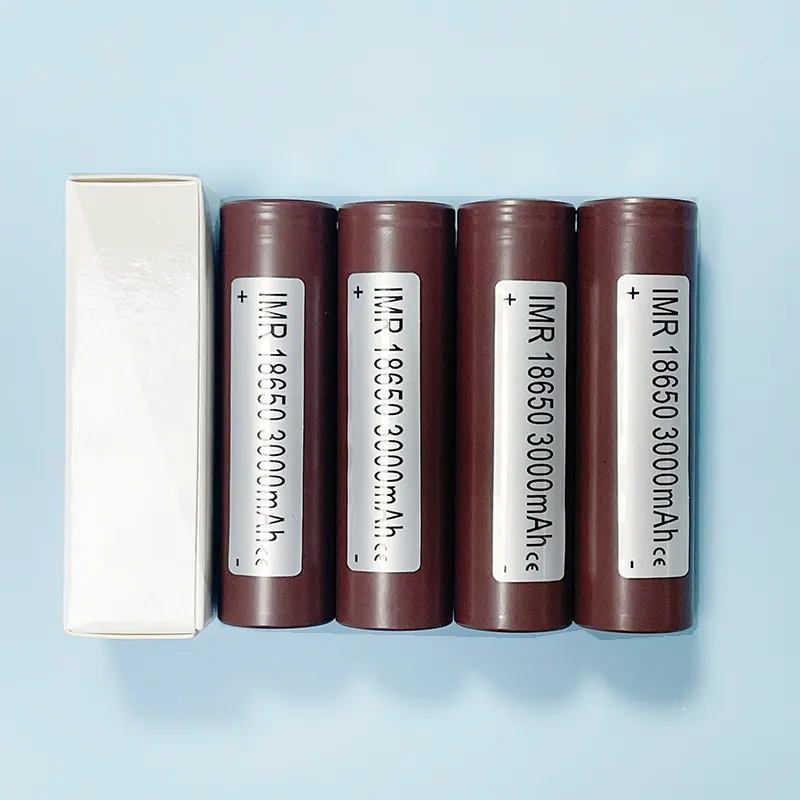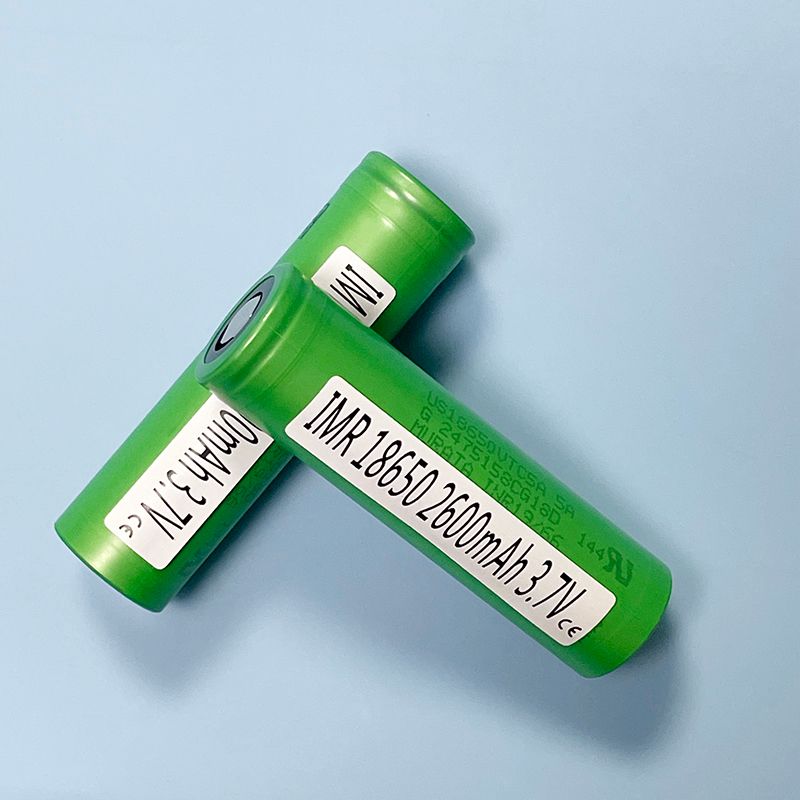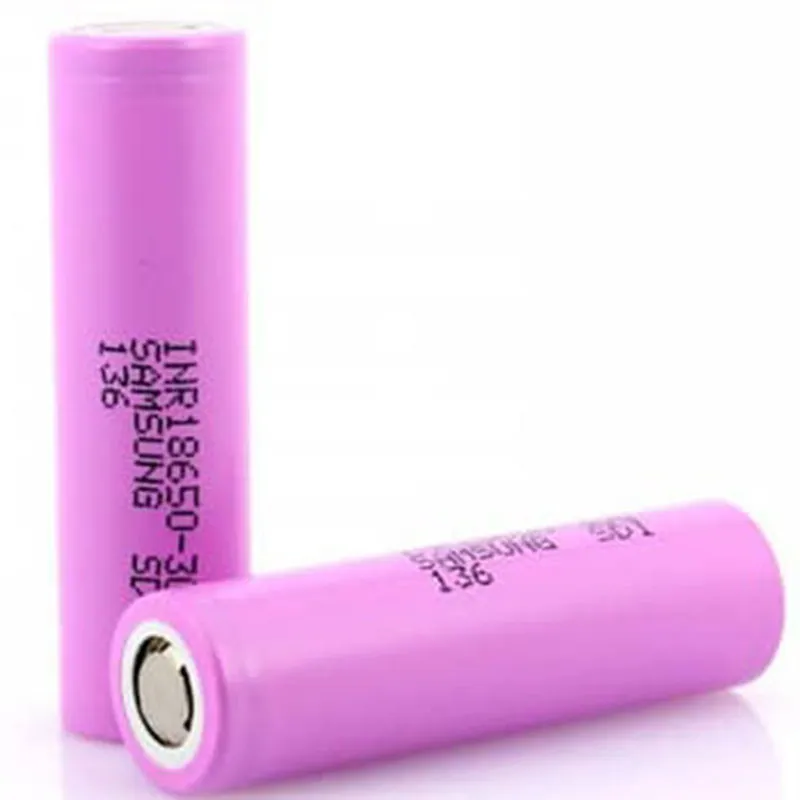How to Repair a 18650 Lithium Battery That Won't Charge
How to Repair a 18650 Lithium Battery That Won't Charge
In today’s world, lithium-ion batteries power a myriad of devices, from smartphones to electric vehicles. Among them, the 18650 lithium battery is a popular choice due to its compact size and high energy density. However, like any other battery, it can suffer from charging issues. If you find yourself in a situation where your 18650 lithium battery refuses to charge, don’t worry! Here’s a comprehensive guide to diagnose and repair it.
Understanding the Problem
Before diving into repairs, it’s crucial to understand why your 18650 battery might not be charging. Several factors can contribute to this issue:
1. Battery Aging: Over time, lithium-ion batteries degrade due to repeated charge cycles. This natural aging process may lead to a significant reduction in capacity and charging capability.
2. Over-Discharge: If a lithium battery is discharged beyond its safe limit, it can enter a state known as deep discharge, rendering it incapable of charging.
3. Faulty Charger: Sometimes, the problem isn’t with the battery itself but with the charger. A malfunctioning charger can prevent the battery from receiving the necessary voltage.

4. Internal Short Circuit: Production defects or physical damage can lead to short circuits within the battery, making charging impossible.
5. Temperature Conditions: Extreme temperatures can affect battery performance. If the battery is too hot or too cold, the charging process might be inhibited.
Step-by-Step Diagnosis
Before attempting any repairs, follow these steps to diagnose the issue:
1. Inspect the Charger: Start by testing your charger with a multimeter to ensure it’s producing the correct voltage. If the charger is faulty, consider replacing it before checking the battery.
2. Check the Battery Voltage: Using a multimeter, measure the voltage of the battery terminals. A healthy 18650 battery typically has a nominal voltage of around 3.7V. If the voltage is significantly lower (below 2.5V), it may be in a state of deep discharge.
3. Visual Inspection: Examine the battery for any signs of physical damage such as dents, bulging, or rust. Any physical damage indicates that the battery may need to be replaced rather than repaired.
4. Temperature Check: Make sure the battery is at room temperature. If it’s too hot or cold, let it acclimate before attempting to charge it.
Repairing the Battery
If your diagnostics point towards a repairable issue, follow these steps:
1. Rescue from Deep Discharge: If the battery voltage is below the safe limit and the battery shows no signs of physical damage, try using a lithium battery charger designed for recovery purposes. Gradually apply a low current (around 0.1C) to revive the battery safely.
2. Battery Balancing: In multi-cell battery packs, cells can become unbalanced over time, affecting performance. If a single cell fails to charge, consider using a battery management system or a professional charger that can balance the cells.
3. Replace the Protection Circuit Module (PCM): If the battery is not charging due to a faulty PCM, you can replace it if you have soldering skills. Obtain a replacement PCM that matches your battery specifications.
4. Soldering New Battery Cells: If you are proficient with electronics, you might opt to replace the cells in a cylindrical or pack configuration. Always adhere to safety standards and ensure that the new cells match the specifications of the original.
When to Replace

If all repair attempts fail, or if the battery shows significant deterioration (bulging, excessive heat during charging, etc.), it’s time to invest in a new 18650 battery. Always prioritize safety over repairs, as attempting to fix a severely damaged battery can lead to hazardous situations.
Conclusion
Knowing how to troubleshoot and possibly repair a 18650 lithium battery that won't charge can save you time and money. By following the steps outlined above, you not only gain valuable insights into your battery's health but also enhance your understanding of lithium-ion technology. Remember to prioritize safety in all repair attempts and seek professional help if needed. Happy charging!

